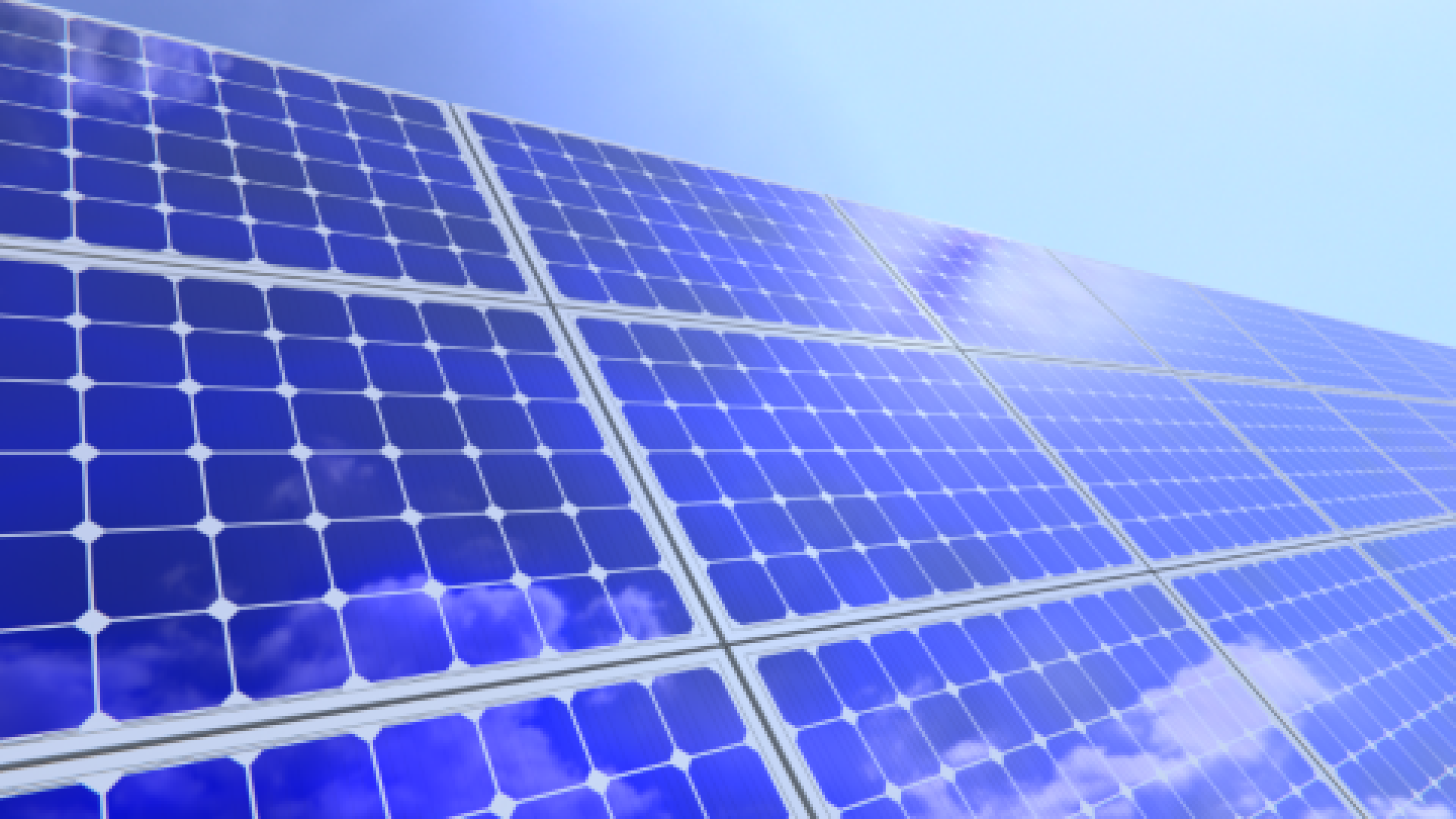Grid-connected or stand-alone?
Here is what you need to know to take the right decision for your house:
Stand-alone solar PV systems
Depending on where your business is located, you may wish to install a stand-alone solar PV system. Stand-alone systems are not connected to the electricity grid and are typically installed in remote areas where there is limited or no connection to the grid, or areas of low electricity demand. Unlike grid-connected systems, stand-alone systems must have batteries or back-up generation to provide supply at night. In many cases stand-alone systems will also be backed up by a diesel or petrol generator to supplement energy supply.
Grid-connected solar PV systems
Solar PV systems that are connected to the grid operate by transforming the electricity generated by the solar system (which is direct current (DC)) into alternating current (AC) electricity using an inverter, so that the power generated is compatible with the grid and ordinary business needs. Businesses with solar PV systems use solar power first before sourcing electricity from the grid. When the panels are not producing enough power to meet load requirements the balance is drawn from the grid. This would be the case at night or on an overcast day. According with Safety Standards, if the grid is down, for example during a blackout, the inverter will shut down and the solar system will not produce any energy. For systems with a battery backup, the inverter regulates the charge of batteries. The electricity stored in the batteries can be used at night or during blackouts.

